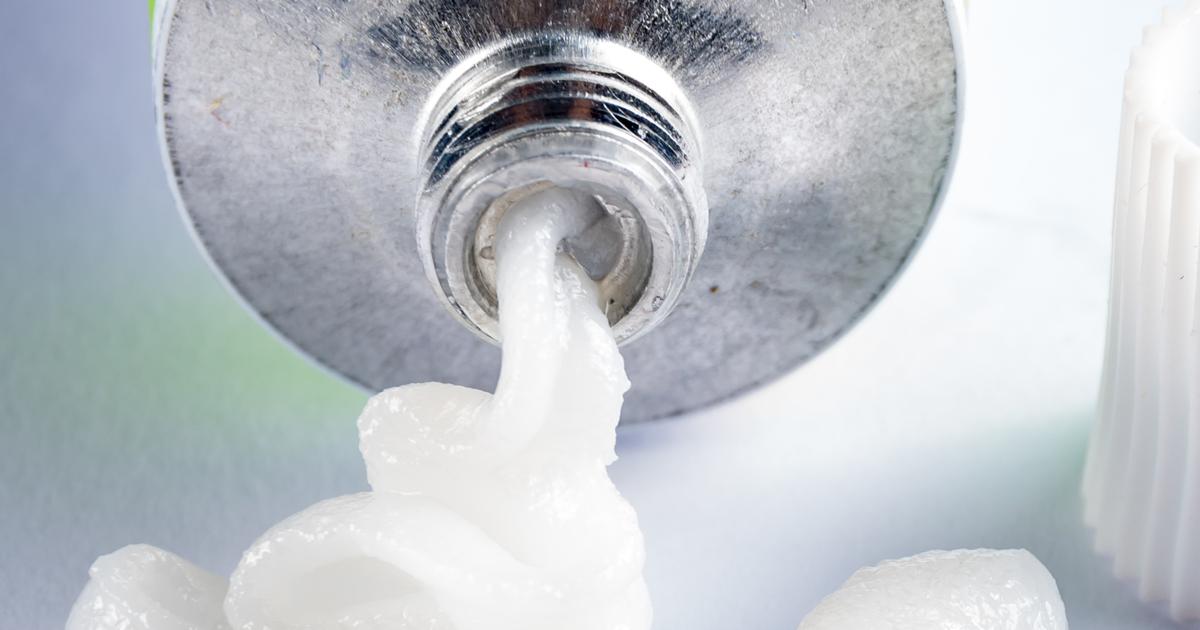How To Treat Blepharitis Effectively
Blepharitis occurs when the eyelids become inflamed, and the majority of cases involve the portion of the eyelid on which eyelashes grow. It's common for the condition to affect both eyelids. The cause of blepharitis is usually clogging of the small oil glands around the base of the eyelashes. Several underlying conditions can lead to this clogging. Blepharitis can be difficult to treat, and it tends to be chronic. It doesn't usually cause permanent eyesight damage, and it isn't contagious. However, blepharitis can cause discomfort, and it might affect a patient's appearance. Individuals with blepharitis might experience watery and red eyes, stinging sensations in the eyes, itchy eyelids, crusted eyelashes, sticky eyelids, abnormal eyelash growth, loss of eyelashes, increased blinking, and increased sensitivity to light.
Get familiar with the treatment options for blepharitis now.
Antibiotics

Antibiotics help fight bacterial infections in the body. In the case of blepharitis, doctors might prescribe topical antibiotics that can be applied directly to the eyelids, rather than oral antibiotics. When topical antibiotics are applied to the eyelid, studies have shown patients experience significant relief from their symptoms. Antibiotics applied to the eyelid tend to come in ointment and cream form. They should be approved for treating eye infections, as individuals don't want to use any medication that could irritate their eye or damage their vision. Some antibiotics are also available in eye drop form, which can be helpful if the eyes themselves are also irritated. Doctors tend to prescribe topical antibiotics first, but if the infection doesn't get any better, they might prescribe a course of oral antibiotics. Patients won't need to take these for a long time, but they must make sure to take every dose.
Read more about how to treat blepharitis now.